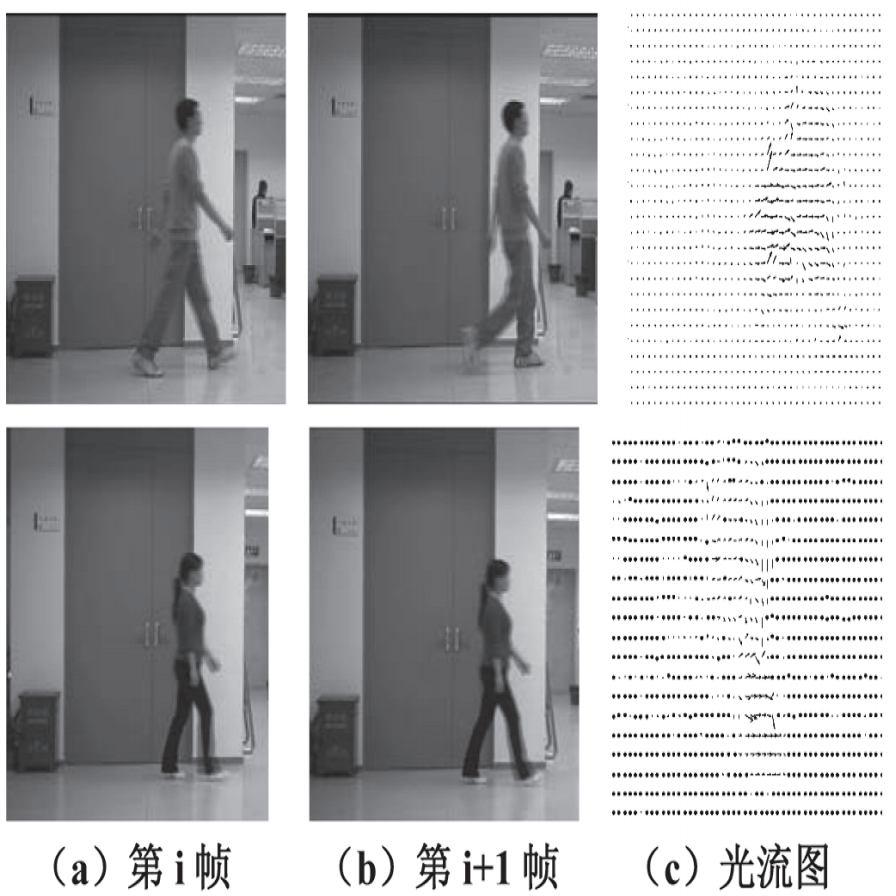The human face has a high potential for biometric identification due to its many individual traits. At the same time, such identification is vulnerable to biometric copies. These presentation attacks pose a great challenge in unsupervised authentication settings. As a countermeasure, we propose a method that automatically analyzes the plausibility of facial behavior based on a sequence of 3D face scans. A compact feature representation measures facial behavior using the temporal curvature change. Finally, we train our method only on genuine faces in an anomaly detection scenario. Our method can detect presentation attacks using elastic 3D masks, bent photographs with eye holes, and monitor replay-attacks. For evaluation, we recorded a challenging database containing such cases using a high-quality 3D sensor. It features 109 4D face scans including eleven different types of presentation attacks. We achieve error rates of 11% and 6% for APCER and BPCER, respectively.
翻译:人类面部具有很高的生物鉴别潜力, 因为它具有许多个性。 同时, 这种识别很容易被生物鉴别副本所利用。 这些演示攻击在未经监督的认证环境中构成了巨大的挑战。 作为对策, 我们提出一种方法, 以3D面部扫描序列为基础, 自动分析面部行为的可能性。 使用时间曲线变化, 缩略语描述测量面部行为 。 最后, 我们只用异常检测情景来对真实面部进行我们的方法进行培训。 我们的方法可以用弹性的 3D 面罩、 有眼孔的弯曲照片来探测演示攻击, 并监测重放攻击 。 为了评估, 我们用高质量的 3D 传感器记录了一个包含此类案件的具有挑战性的数据库 。 它包含109 4D 面部面部扫描, 包括11种不同的演示攻击 。 我们分别对 APCER 和 BPCER 进行了11% 和 6%的误差率 。





